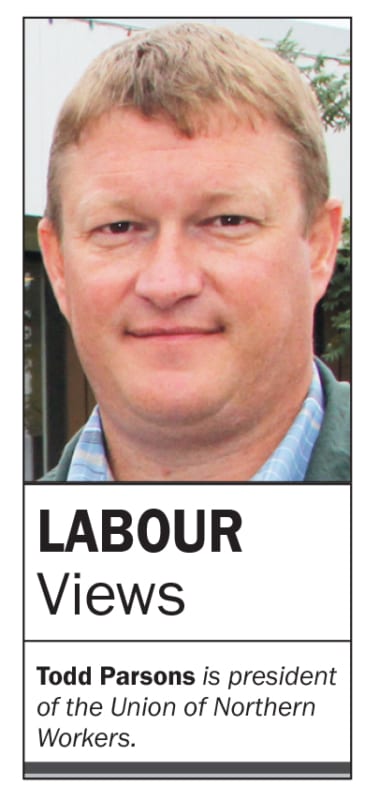It’s been a few months now since the NWT started ‘emerging wisely’. As worksites reopen, and workers head back to their office buildings, we need to think carefully about returning safely.
Return to worksite plans must focus on the health, safety, wellness, and privacy rights of workers.
As individuals, we need to follow the advice and guidance of the Chief Public Health Officer (CPHO) with regard to what we can personally do to keep ourselves and others safe; wearing masks, proper handwashing, minimizing contact with common surfaces, physical distancing, and staying home when sick are some of the easy ways we can help prevent the spread of Covid-19.
Meanwhile, employers are responsible for developing plans for when and how employees who have been temporarily laid off or are working from home can, and/or should, return to the worksite. All workers have the right to see these plans and know what the employer has put in place to protect workers.
When reviewing these plans, there are a number of angles for workers to consider. How the plans affect individual workers, how they manage worksite risks, and how they adhere to employment standards and collective agreements should be closely examined.
For individual workers, some questions to ask are: Do you need to minimize exposure because you, or a member of your family, has a health condition that puts you at a higher risk if you contract Covid-19?
Does your worksite plan include guidelines for working with you if you have to continue to provide childcare, for example if you – or any of your family – has to self-isolate?
It is also important to assess the policies and procedures being implemented to minimize any risks of exposure to Covid-19 at the worksite. Some things to look for and ask your employer about include health and safety strategies such as staggered work hours; more frequent cleaning and disinfecting of the worksite and shared equipment (printers and photocopiers, conference phones, kitchen equipment, etc); preparing and training for emergency situations (e.g. exiting the building if there is a fire); training and communication on COVID-related health and safety procedures and the use of personal protective equipment.
Ask if the plan addresses how to maintain a two-metre physical distance from others, while still providing access to washrooms, elevators, stairwells, and common areas.
Does it address what to do when physical distancing is not possible? Does the plan address what will happen if a worker tests positive for Covid-19?
Employers have a responsibility to keep their workers safe and to follow the law.
Plans must adhere to direction from the CPHO and follow the guidelines in the Emerging Wisely document, as well as Workers Safety and Compensation Commission (WSCC) rules; but they must also comply with existing collective agreements and employment standards.
Employers that work with their employees’ union to ensure the protection of workers’ rights (as well as safety) will be more successful more quickly.
As workers, you have legal rights with regard to safe work. If you have questions or concerns about your return to the worksite or employer safety plans, talk to your supervisor.
If you find your concerns are not being adequately addressed, speak to your union representative or contact the WSCC.

